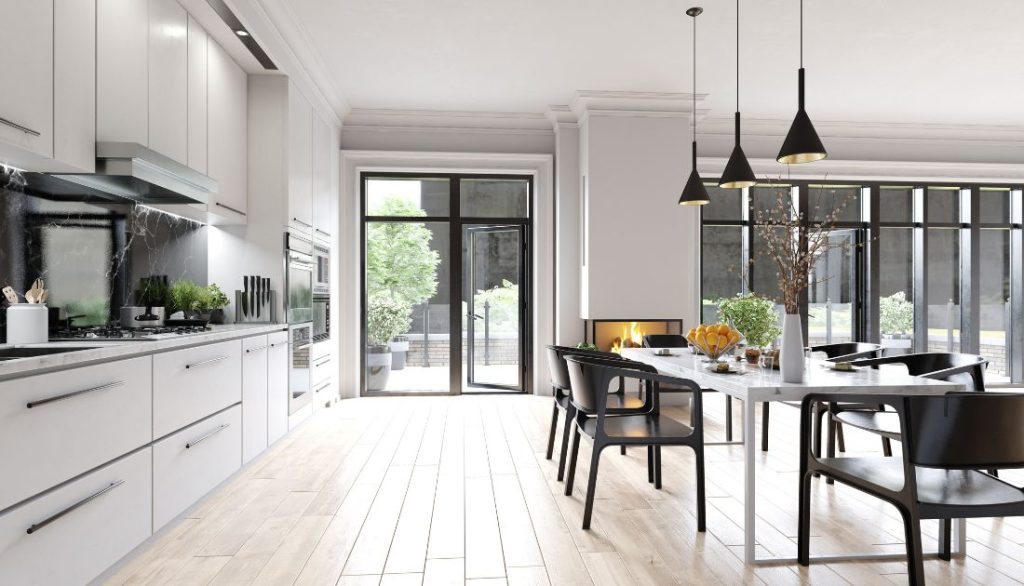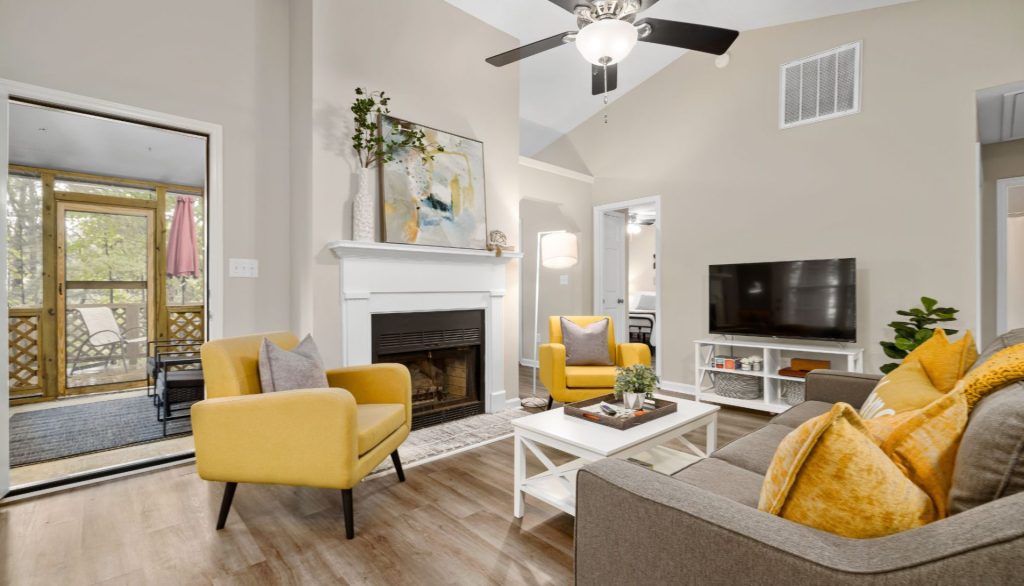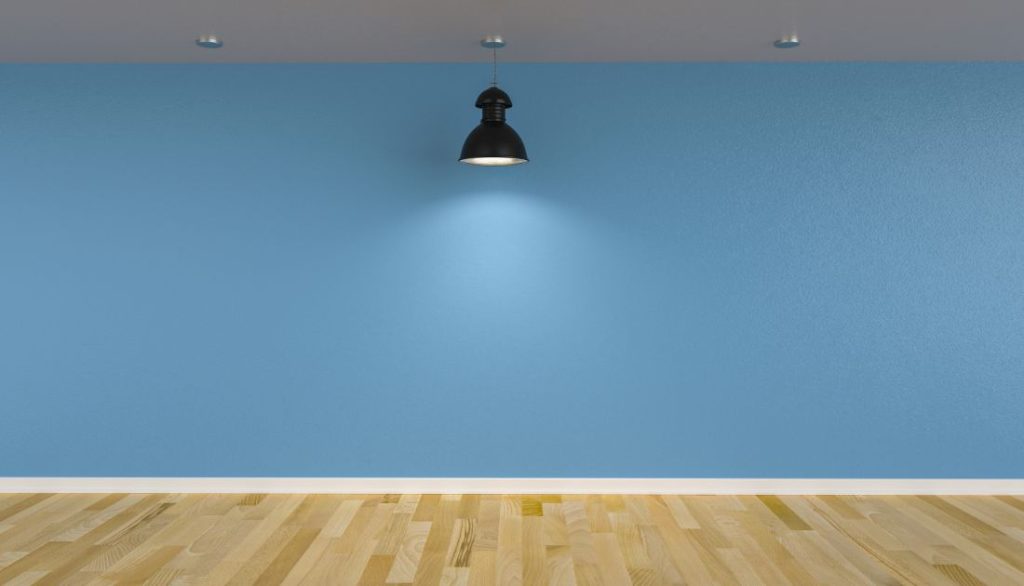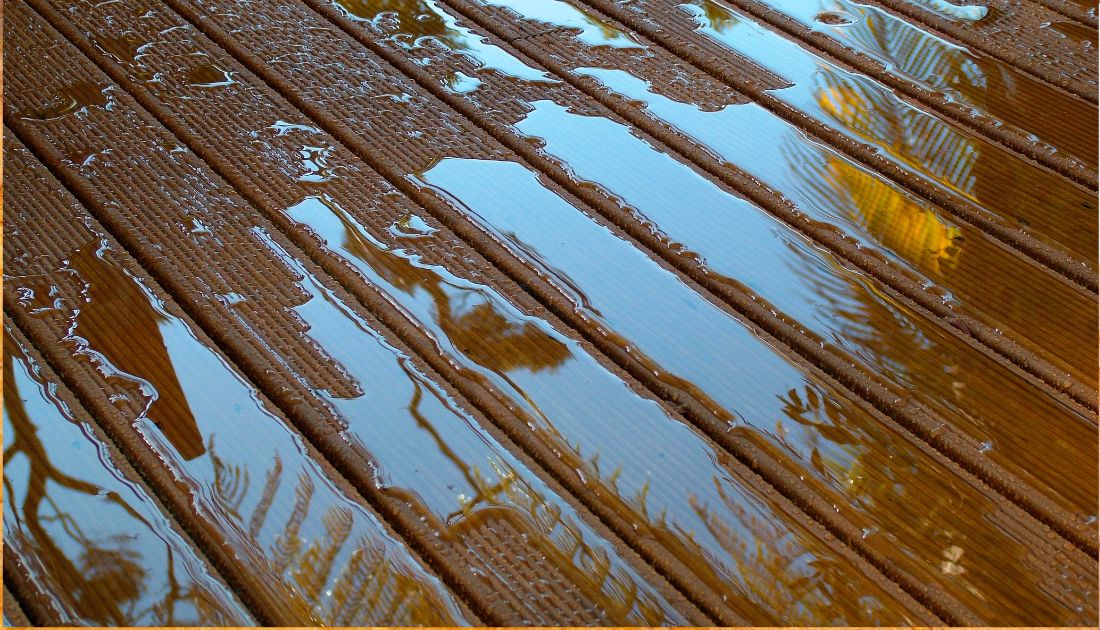Table of Contents
Are you interested in the procedure of how to remove scratches from wood floors? If you are, you are at the right place.
Hardwood floors are a stunning addition to any home, adding warmth and elegance to your living space. However, over time, scratches can appear on these beautiful surfaces, detracting from their beauty and causing homeowners frustration.
One effective method is to use a wood filler when repairing scratches on hardwood floors. This can help fill in the scratch and restore the floor’s smooth surface.
Another option is to use a stain marker that matches the color of your floor to cover up smaller scratches effectively. For deeper scratches, sanding the affected area lightly can help blend in the scratch with the rest of the floor.
Identifying the Type of Scratch
Surface Scratches: These superficial scratches do not penetrate the wood’s finish. They can often be easily buffed with a soft cloth or fine-grit sandpaper.
Deep Scratches: Deep scratches are more severe, penetrating through the finish and into the wood. These may require extensive repair work, such as filling the scratch with wood filler before refinishing.
Gouges or Dents: Gouges and dents occur when a chunk of wood has been removed from the floor, leaving a noticeable indentation. Repairing these types of damage may involve using wood putty to fill the hole before sanding and refinishing.
Identifying the type of scratch on your hardwood floor is essential for determining the best course of action for repair.
Whether it’s a simple surface scratch that can be buffed out quickly or a deep gouge that requires more extensive work, knowing what you’re dealing with will help you achieve optimal results in restoring your floor to its original beauty.

DIY Solutions for Minor Scratches
Light surface scratches can often be buffed out using a gentle abrasive like fine steel wool or sandpaper, followed by a coat of wood polish for added shine. This quick fix eliminates imperfections and rejuvenates the floor’s appearance without professional intervention.
When faced with minor scratches that are slightly more entrenched, utilizing a wood stain or wax pencil can work wonders in masking imperfections. By carefully applying the product to match the color of your flooring, you can effectively camouflage these blemishes and achieve seamless results. This cost-effective approach is ideal for enhancing the overall aesthetic appeal of your space while avoiding extensive repair expenses.
Minor Scratch Repair Kit: Purchase a scratch repair kit for hardwood floors. These kits typically include touch-up markers or crayons that closely match the color of your flooring. Simply fill the scratched area with the marker, let it dry, and gently buff away any excess using a soft cloth.
Rubbing Alcohol and Vinegar Solution: Mix rubbing alcohol and white vinegar in a small bowl. Dip a clean cloth into the solution and gently rub it over the scratched area, following the grain of the wood. This can help to blend minor scratches and make them less noticeable.
Olive Oil and Lemon Juice Polish: Create a natural polish by mixing olive oil with lemon juice. Apply this mixture to a soft cloth and gently rub it onto minor scratches on your hardwood floor. The combination of olive oil’s nourishing properties and lemon juice’s cleansing abilities can help reduce the appearance of superficial scratches while adding shine to your flooring.
Using Wood Filler for Deeper Scratches
Wood filler can be an effective solution for deeper scratches on hardwood floors. Start by cleaning the scratched area to remove any dirt or debris that could affect the filling process. Choose a wood filler that matches the color of your hardwood floor to ensure a seamless repair.
- Using a putty knife, apply the wood filler to the scratch, making sure to overfill slightly to account for shrinkage.
- Once dry, sand down the excess filler until it is level with the surrounding floor.
- Finish by applying a protective sealant or wax to blend in with the rest of your hardwood floor’s finish.
Always test any products on an inconspicuous floor area before applying them to more significant scratches.

Sanding and Refinishing Techniques
Sanding: Begin by sanding the scratched area of the hardwood floor with fine-grit sandpaper. This will help to smooth out the surface and remove any visible scratches. Be sure to sand in the direction of the wood grain for best results.
Refinishing: After sanding, it’s essential to refinish the floor to restore its natural shine and protect it from further damage. Apply a coat of polyurethane or a similar protective finish with a clean paintbrush, following the manufacturer’s instructions carefully.
Final Touches: Once the finish has dried completely, lightly sand again with fine-grit sandpaper before applying a second coat for added protection. Allow each coat to dry thoroughly between applications for optimal results. Finally, buff out any remaining imperfections with steel wool before enjoying your beautifully restored hardwood floors.
Professional Products for Scratches
Wood fillers like Minwax, Elmer’s, or DAP can effectively cover up scratches on hardwood floors.
Scratch repair pens from brands such as Bona or Mohawk are easy to use and provide quick touch-ups.
Wax sticks and crayons specifically designed for wood flooring are a convenient solution for minor scratches.
These professional products come in various shades to match the color of your hardwood floor, ensuring a seamless repair job. For best results, follow the manufacturer’s instructions when using these products.
Preventing Future Scratches
To safeguard your hardwood floors, place felt pads beneath furniture legs to prevent scratches, and use rugs or mats in busy areas to minimize wear. Lift heavy furniture instead of dragging it across the floor, and trim your pet’s nails regularly to prevent scratches.
By following these simple tips, you can prolong the life of your hardwood floors and prevent future scratches. Taking proactive measures now will save you time and money in the long run. Remember, a little prevention goes a long way in maintaining the beauty of your hardwood floors for years to come.

Consulting with a Flooring Expert
Consulting with a flooring expert can provide valuable insight when dealing with scratches on hardwood floors. These professionals have the knowledge and experience to assess the extent of the damage and recommend appropriate repair solutions. By seeking their expertise, you can ensure that your hardwood floors are properly restored without causing further harm.
A flooring expert can also offer guidance on preventative measures to protect your floors from future scratches. This may include advice on proper maintenance techniques, like using furniture pads or area rugs in high-traffic areas. Overall, consulting with a flooring expert is essential in effectively addressing scratches on hardwood floors and preserving the beauty of your home’s flooring for years to come.
